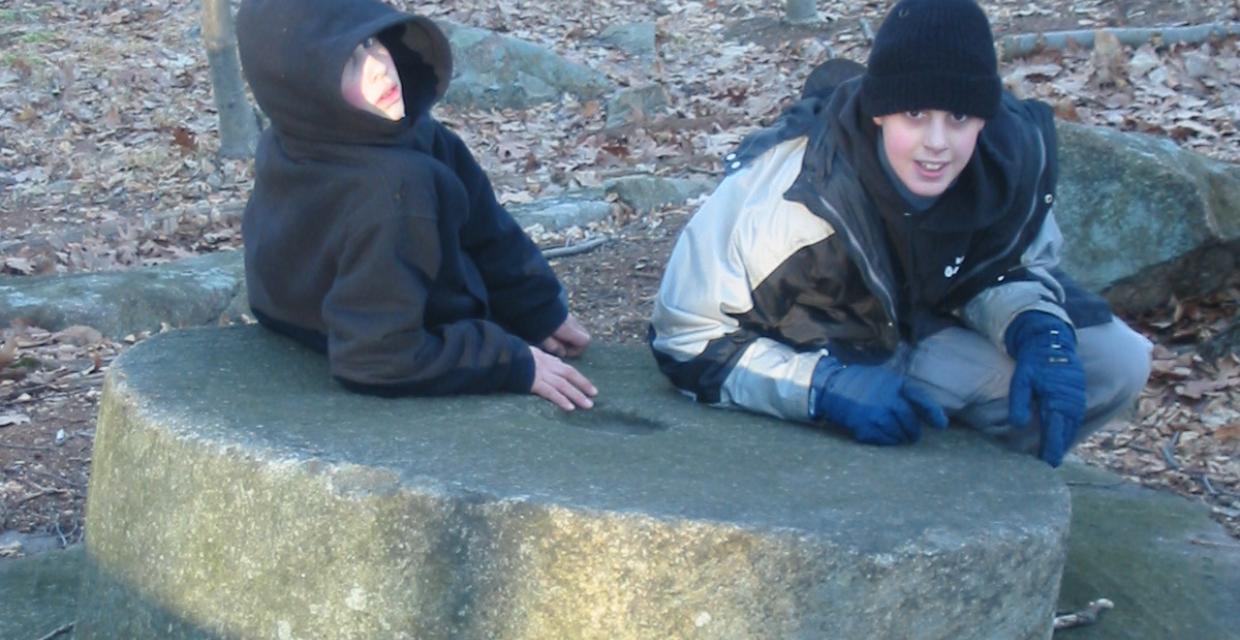From the parking area, cross Skyline Drive. You will see a sign and a triple purple-on-white blaze on a telephone pole, marking the start of the Tamarack Loop. Follow the purple-on-white blazes, which turn right onto the paved road that leads into the former Camp Tamarack, then immediately turn left at a kiosk and proceed downhill on a winding footpath.
At the base of the descent, the...




